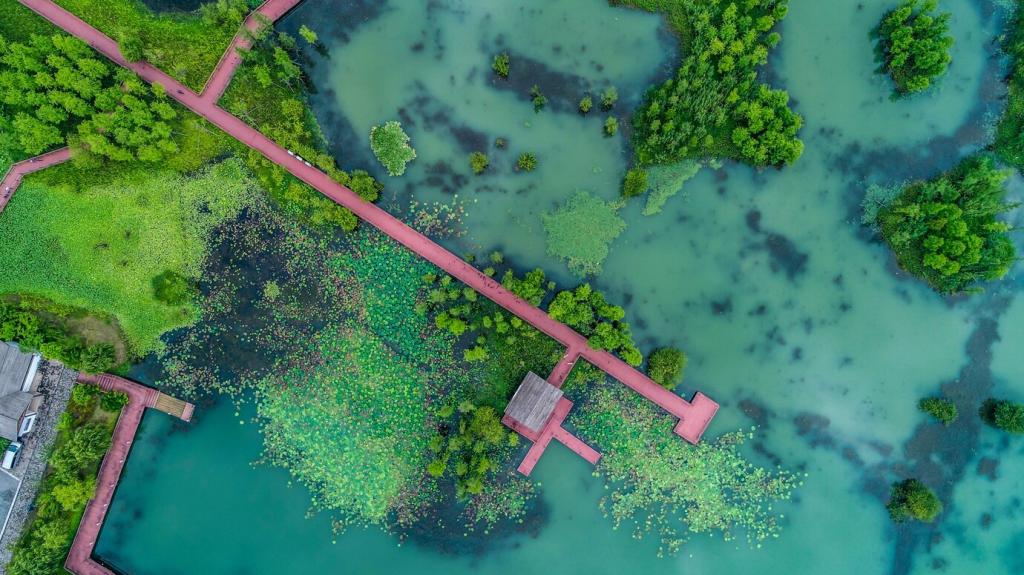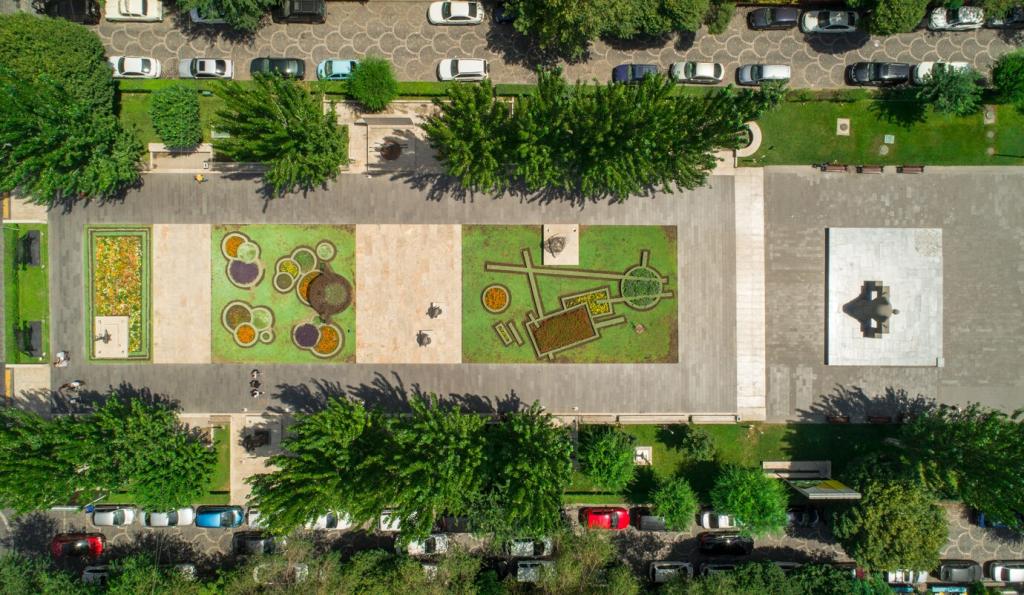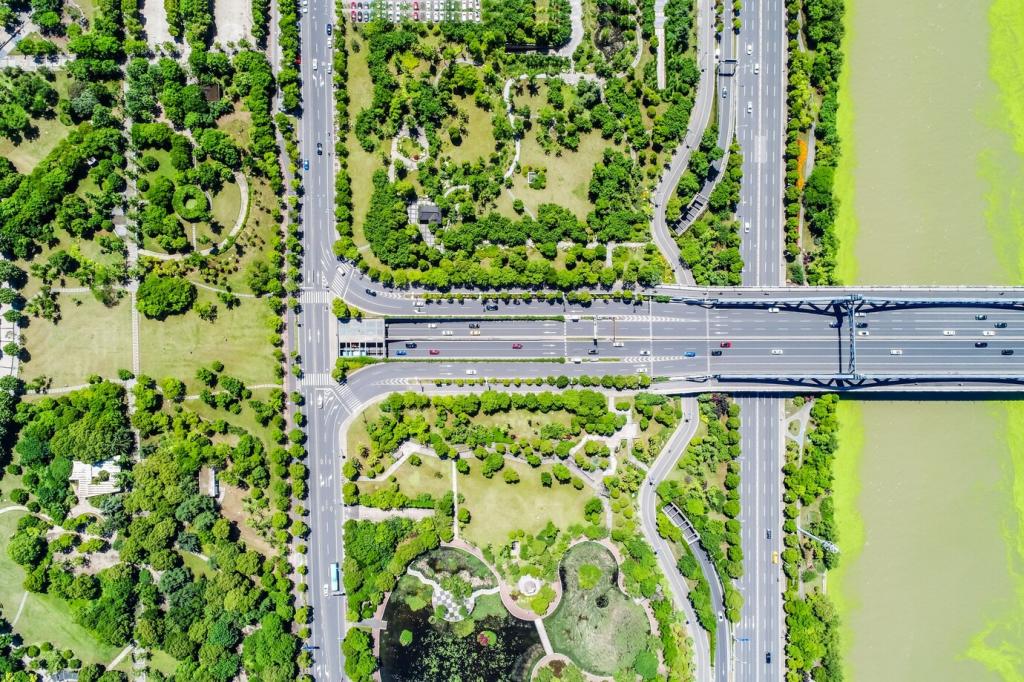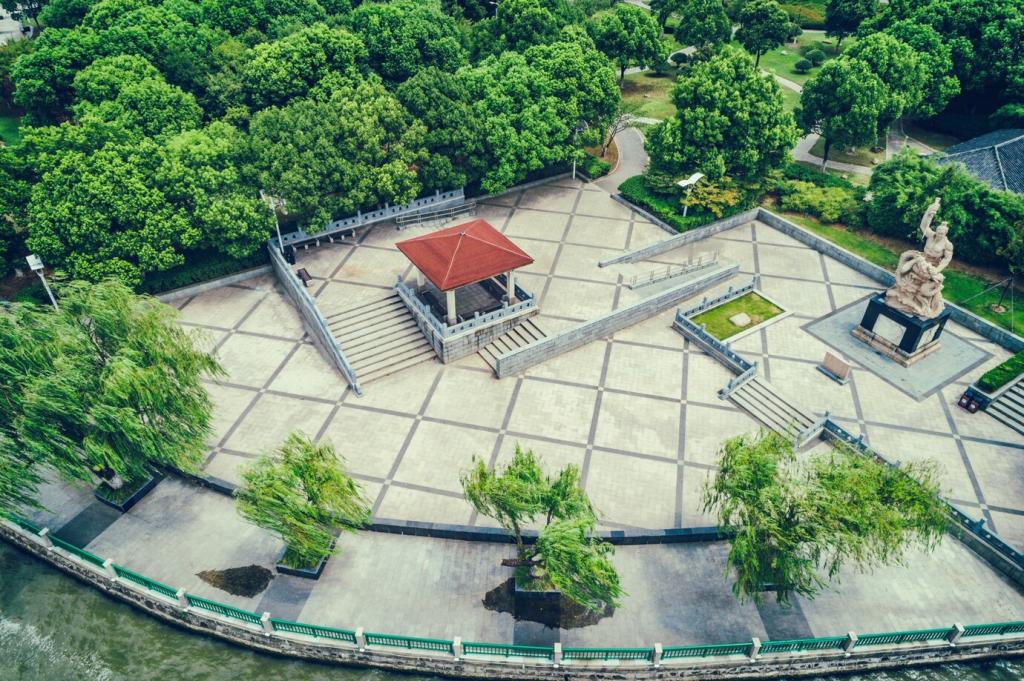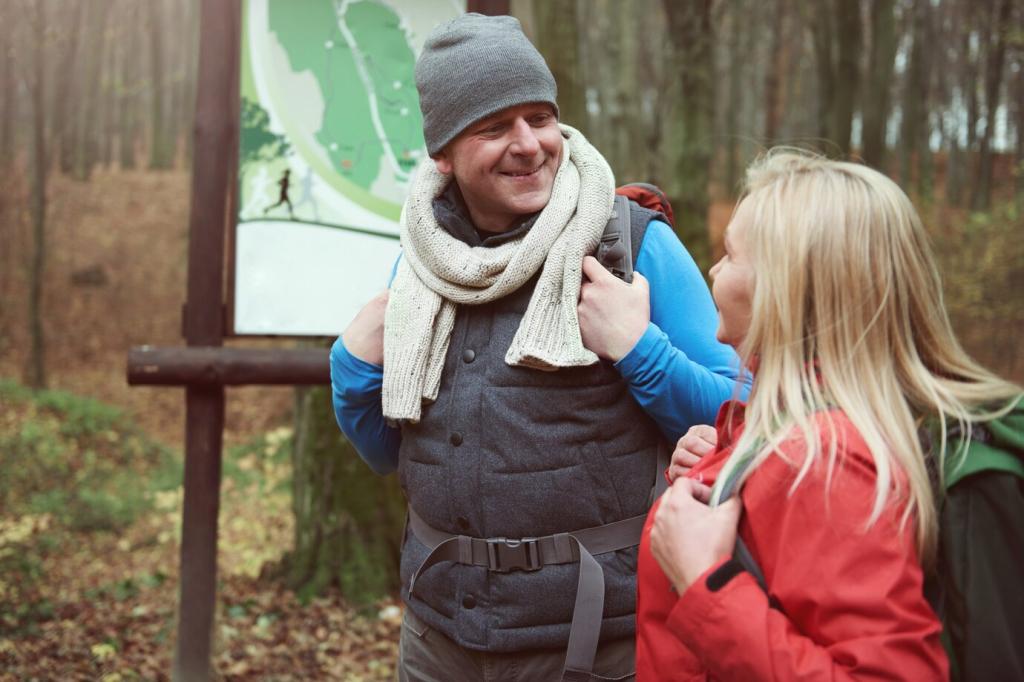People-Centered Planning and Community Voices
Set up clipboards, chalkboards, and QR codes near busy paths, then invite elders, caregivers, teens, and shift workers to weigh in. Multilingual prompts and evening hours surface overlooked needs, from stroller maneuvering to quiet corners for sensory breaks and social anxiety.
People-Centered Planning and Community Voices
We test temporary shade sails, movable tables, and colorful wayfinding over two weekends, tracking dwell time, table turnover, and blanket clusters. One June pilot proved a single extra umbrella extended visits by forty minutes, and families asked for more breeze-friendly canopy angles.

